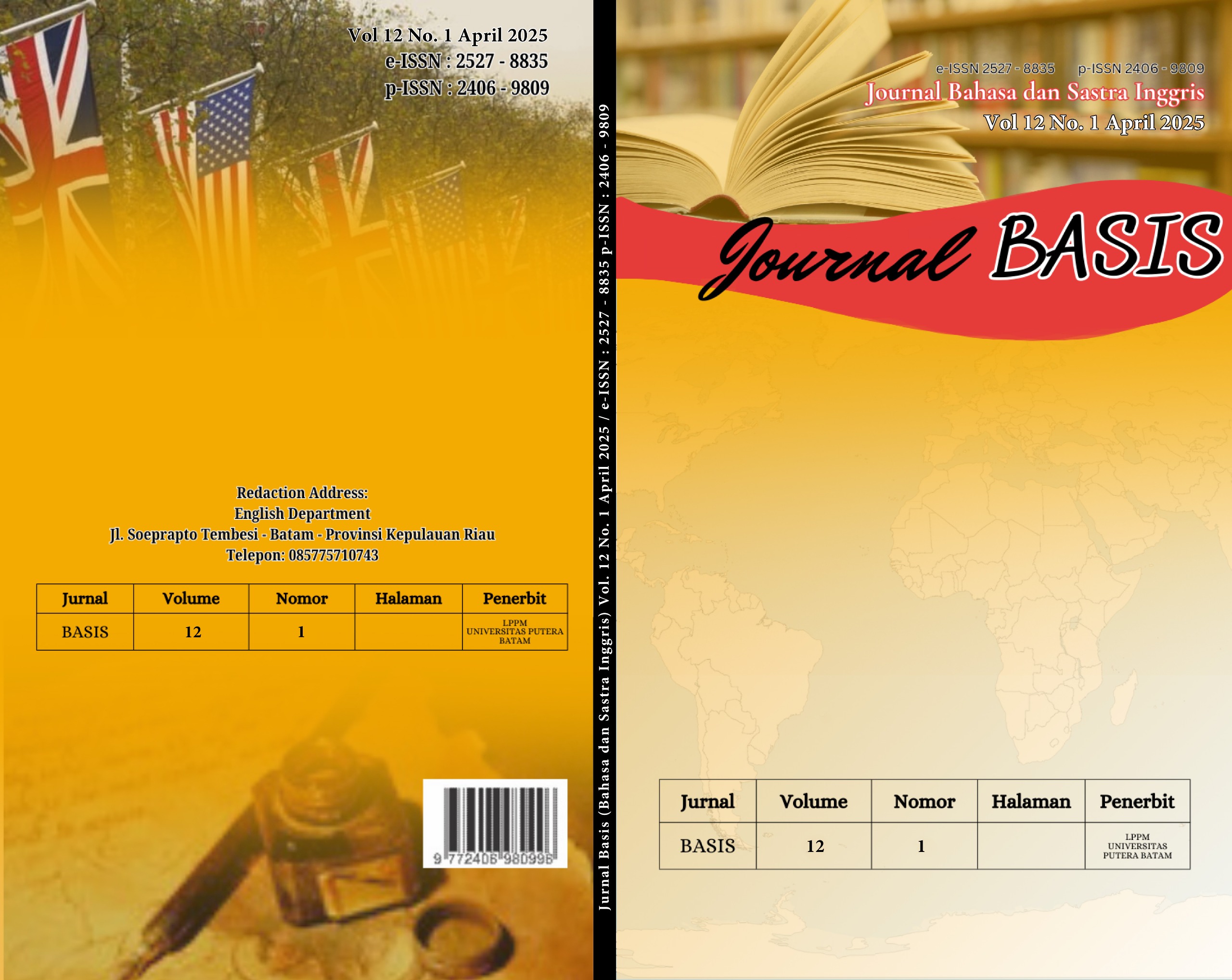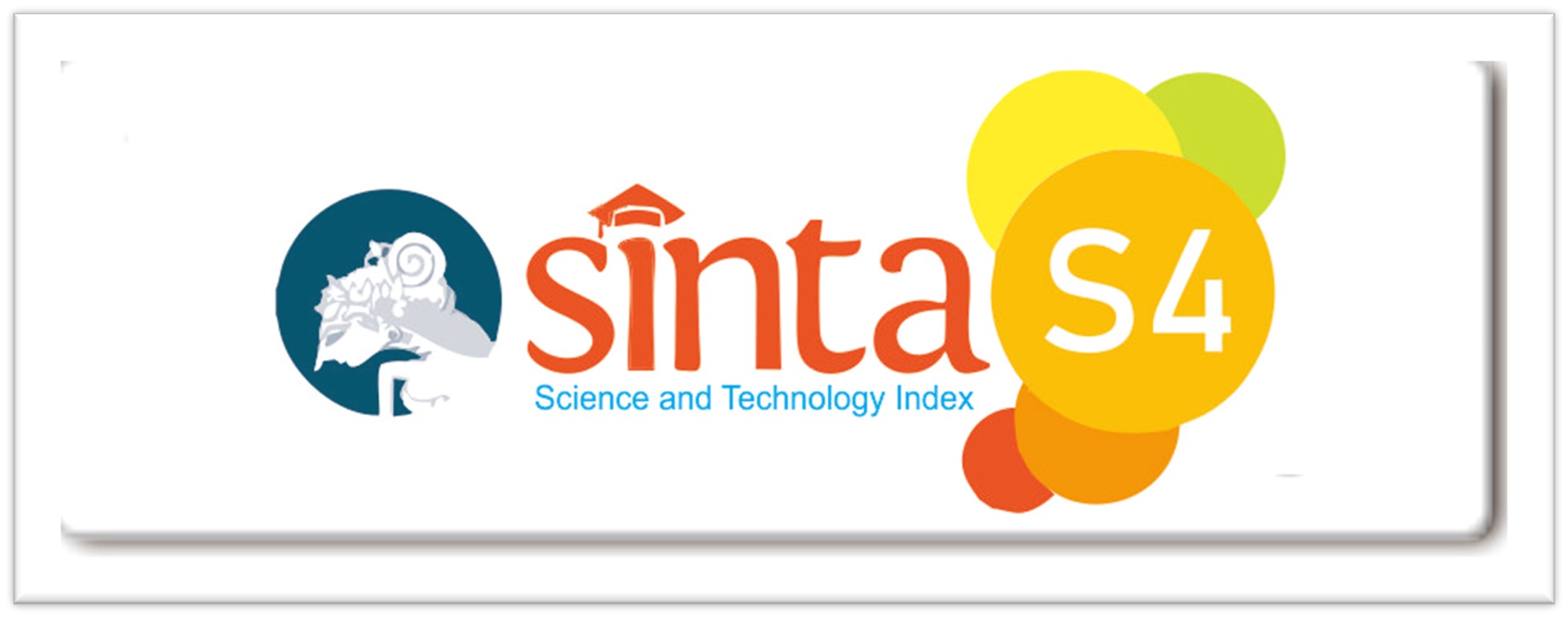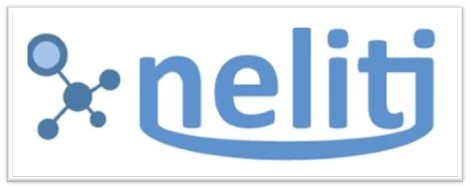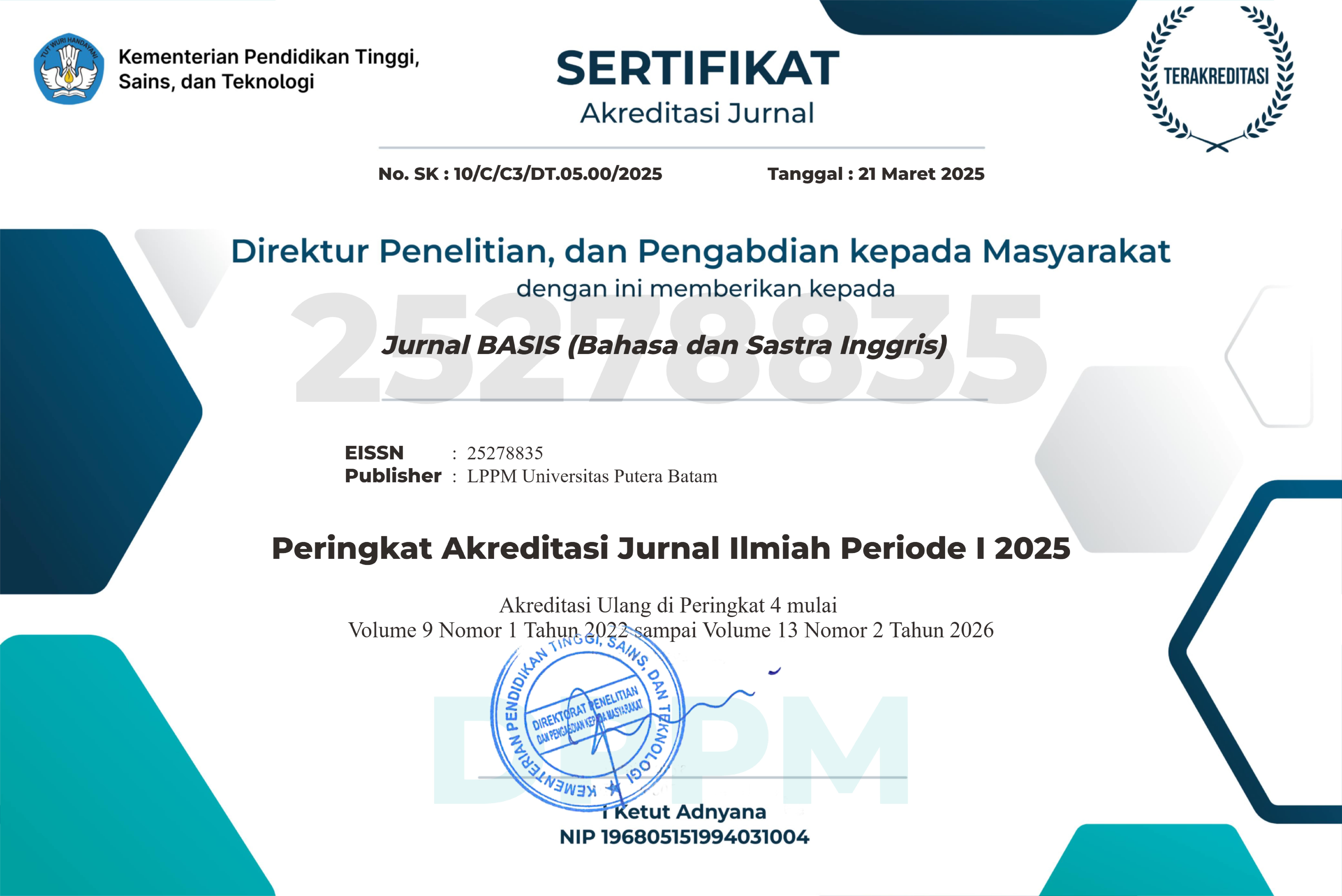THE POWER OF CHARLIE COMMUNICATION ON ILLOCUTIONARY AND ELLIE RESPONSES ON PERLOCUTIONARY ACTS THROUGH “THE WHALE” MOVIE SCRIPT
DOI:
https://doi.org/10.33884/basisupb.v12i1.9946Keywords:
Illocutionary, Perlocutionary, John Searle, and CommunicationAbstract
This study aims to find out the illocutionary and perlocutionary acts in the movie The Whale, focusing on the communication between the father, Charlie, and his daughter, Ellie. This research used John Searle's (1979) speech act theory as its theoretical framework. The data source is The Whale movie script, it uses descriptive qualitative research method and note-taking. The findings show 67 utterances of illocutionary acts, with assertive being the most frequent (23 occurrences) and commissive the least (8 occurrences). The most frequent perlocutionary effect was emotive (38 occurrences), while the least frequent was cognitive (8 occurrences). The analysis highlights that Charlie expresses his thoughts honestly, conveying beliefs, hopes, and explanations about his past life. In contrast, Ellie's responses to Charlie's words evoke emotional perlocutionary effects, including anger, frustration, confusion, and cynicism. Their interaction is laden with emotional tension, which illustrates how speech acts shape their complex relationship. This research emphasizes that dialogue serves not only as a means of communication, but also as a powerful tool to reveal deeper meanings, enrich characterization, and provide a stronger emotional experience for the audience.
References
Abraham, E., & Feldman, R. (2022). The Neural Basis of Human Fatherhood: A Unique Biocultural Perspective on Plasticity of Brain and Behavior. Clinical Child and Family Psychology Review, 25(1), 93–109. https://doi.org/10.1007/s10567-022-00381-9
Alduais, A., Al-Qaderi, I., Alfadda, N., & Alfadda, H. (2022). Pragmatics: Mapping Evidence on Enhancing Children’s Use of Linguistic and Non-Linguistic Capacities for Interactive Communication. Children, 9(9). https://doi.org/10.3390/children9091318
Amalia, N. S. (2021). Illocutionary Act of Dissociative Identity Disorder in the Main Character of the Split Movie. Alphabet, 4(1), 31–38. https://doi.org/10.21776/ub.alphabet.2021.04.01.04
Bach, K., & Harnish, R. M. (1979). Linguistic communication and speech acts. In TA - TT -. The MIT Press. https://doi.org/ LK - https://worldcat.org/title/431981371
Diniz, E., Brandão, T., Monteiro, L., & Veríssimo, M. (2021). Father Involvement During Early Childhood: A Systematic Review of the Literature. Journal of Family Theory and Review, 13(1), 77–99. https://doi.org/10.1111/jftr.12410
Fitriani, S. S., Achmad, D., & Rasmita, F. (2020). An analysis of illocutionary acts in a fantasy movie. Studies in English Language and Education, 7(1), 170–180. https://doi.org/10.24815/siele.v7i1.13635
Indah Jatiningtyas, N., Hidayat, D. N., Alek, A., & Susilo, A. (2024). Education Transformation: Illocutionary in Nadiem Makarim’s Speech at the Education World Forum 2023. Jurnal Onoma: Pendidikan, Bahasa, Dan Sastra, 10(2), 1463–1474. https://doi.org/10.30605/onoma.v10i2.3470
Jimmi, J., Sidauruk, J., & Suprihatin, T. (2019). The Collocation Analysis of Twilight New Moon Novel. Edulangue, 2(1), 63–85. https://doi.org/10.20414/edulangue.v2i1.709
Jorm, L. (2015). Routinely collected data as a strategic resource for research: Priorities for methods and workforce. Public Health Research and Practice, 25(4), 1–5. https://doi.org/10.17061/phrp2541540
Kartika, D., Rahardi, R. K., Aziz, M., & Rahmat, W. (2023). Depicting reflections of power on illocutionary acts of Japanese Prime Minister Shinzō Abe’s speeches on Covid-19. Indonesian Journal of Applied Linguistics, 13(2), 284–293. https://doi.org/10.17509/ijal.v13i2.63078
Lestari, S., & Mutiaraningrum, I. (2023). Lecturer Talk in the Emi Classroom: a Speech Act Analysis. Celtic : A Journal of Culture, English Language Teaching, Literature and Linguistics, 10(1), 30–44. https://doi.org/10.22219/celtic.v10i1.25365
Liu, X., Zhou, S., & Chi, X. (2023). How Do Team-Level and Individual-Level Linguistic Styles Affect Patients’ Emotional Well-Being—Evidence from Online Doctor Teams. International Journal of Environmental Research and Public Health, 20(3). https://doi.org/10.3390/ijerph20031915
Pierce, L., Genesee, F., Gauthier, K., & Dubois, M. E. (2014). Communication patterns between parents and children: Comparing mothers and fathers in different learner contexts. Applied Psycholinguistics, 36(5), 1223–1246. https://doi.org/10.1017/S0142716414000125
Saragi, V., Nuratika, S., Fransiska, F., Yolanda, M., & Ardiyanti, N. (2019). A Review of Speech Act Theories Focusing on Searle (1969). Elsya : Journal of English Language Studies, 1(2), 61–68. https://doi.org/10.31849/elsya.v1i2.3529
Searle, J. R. (1969). Speech Acts: An Essay in the Philosophy of Language. Cambridge University Press. https://books.google.co.id/books?id=t3_WhfknvF0C
Searle, J. R. (1979). Expression and meaning : studies in the theory of speech acts. In TA - TT - (1st pbk. e). Cambridge University Press. https://doi.org/ LK - https://worldcat.org/title/14771265
Sembiring, W. A., & Ambalegin, A. (2019). Illocutionary Acts on the Aladdin Movie 2019. Jurnal Basis, 6(2), 277–284. https://doi.org/10.33884/basisupb.v6i2.1419
Sukmawati, D. B. (2022). An Analysis of Illocutionary Acts in the “Sing” Movie. Dharmas Education Journal (DE_Journal), 3(2), 259–269. https://doi.org/10.56667/dejournal.v3i2.794
Susanto, A. (2022). The Illocutionary and Perlocutionary Acts Produced by The Main Characters of the Moxie Movie. K@Ta Kita, 10(3), 564–570. https://doi.org/10.9744/katakita.10.3.564-570
Wardana, M. K., Roy, S., & Ariska, J. (2019). Illocutionary Acts in President Rodrigo Duterte’s Speech. International Journal of Culture and Art Studies, 3(1), 40–46. https://doi.org/10.32734/ijcas.v3i1.2514













 JURNAL BASIS (BAHASA DAN SASTRA INGGRIS)
JURNAL BASIS (BAHASA DAN SASTRA INGGRIS)
